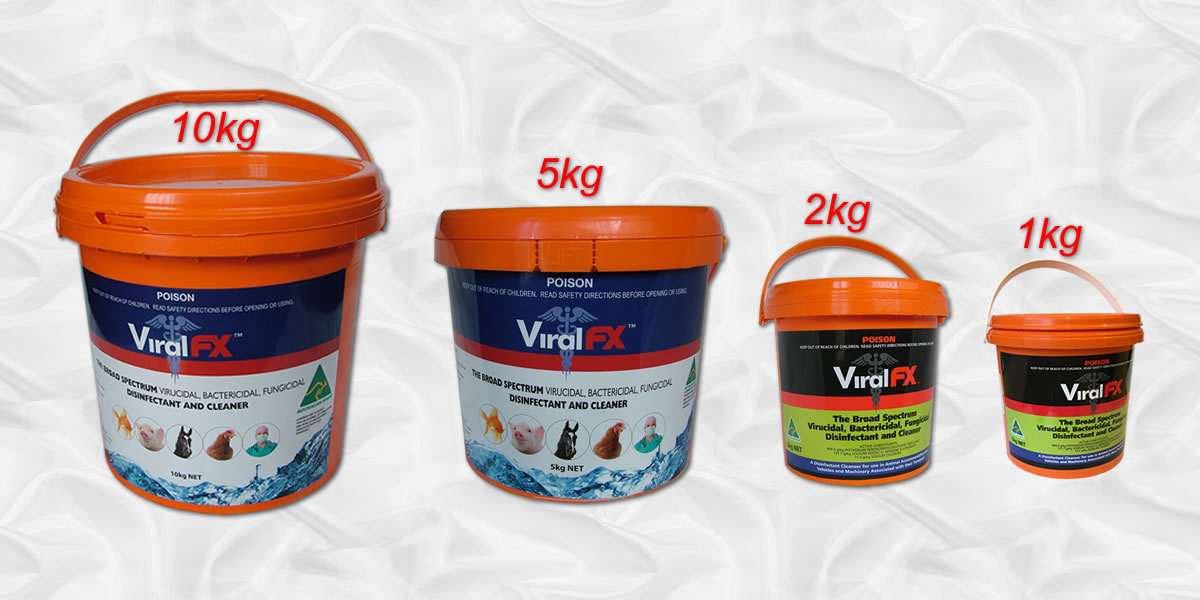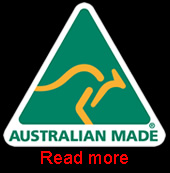The most advanced farm disinfectant for its time

ViralFX™ is one of the first oxidative disinfectants to be used on the farm and continues to lead the way in livestock production and farm biosecurity, having been deployed successfully against 500 disease-causing pathogens ...
Modern healthcare and public health continue to advance at a breath-taking rate Yet infectious diseases still present an enormous threat to all of us and form a huge drain on financial resources Disinfection has been in use ever since 1867 as “Phenol”, Hypochlorite’s (Bleaches) since second half of the 19 th century. The new approach to disinfection (Chlorhexidine) was introduced in 1949 and the modern infection control Virkon® (ViralFX™) being the ideal disinfectant for the 1990’s came up with below given properties:
| TOTAL PROVEN SPECTRUM Capable of killing all disease-causing organisms |
FAST ACTION Capable of killing in minutes |
|
| CLEANS & DISINFECTECTS IN A SINGLE OPERATION Contains infection & does not spread it. |
SAFE FOR STAFF & ENVIRONMENT Totally non-toxic to the user. No harmful vapour, biodegradable & no effect on waste treatment plants. |
|
| ECONOMICAL Saves inventory costs and time. Simplified training. |
SAFE FOR MATERIALS & EQUIPMENTS Compatible with all surfaces and materials when used according to instructions. |
|
In the mid-1980’s, viruses were becoming of increasing concern in both animal and human health. In animal health terms, bacteria caused the major damage but virus outbreaks were increasingly occurring which lowered the resistance of livestock to subsequent bacterial infections with huge consequences in terms of death, reduced output and greatly reduced profits. In the human health area, the fears of herpes and hepatitis B epidemics of the early 1980’s was eclipsed by the geometric increase in the still untreatable HIV infection. Clearly a major advance in disinfection was required.
Design Requirements
a. 100% Efficacy - the ability to kill all viruses, plus all other pathogens. (Pathogens = organisms capable of causing disease.)
b. A multi-component formulation would be required
c. For surface disinfection, full action in 10 minutes maximum would be the ideal.
d. Unrivalled efficacy had to be produced by a system which offered the user protection from adverse effects as well as protection from infection.
e. The new product had to combine thorough cleaning with effective disinfection.
f. spillages of body fluids (blood, vomit, urine, in particular) are a major concern about AIDS, hepatitis B, etc.
A liquid disinfectant on such a spillage simply spreads the contamination out. Having a powder form of the new product to absorb a hazardous spillage to aid safe disposal would be an advantage.
g. a built-in colour indicator of activity was desirable to avoid the use of test kits and to ensure that staff were not using exhausted or inactivated solutions.
Development of Formulation
The starting point for development was the type of organism on which infec-tion control was most acutely focused, the virus. Disinfectant infection control indicated that an oxidising system would best be able to combine efficacy and safety. The oxidising agent chosen was the triple salt of monopotassium sulphate, which works best at low pH (i.e. under acid rather than alkaline conditions). Accordingly, two organic acids (malic and sulphamic acid) were added to produce the low pH. An inorganic buffer (sodium hexameta phosphate) was incorporated to stabilise these acid conditions. To combine cleaning and disinfection, a surfactant (sodium dodecyl benzene sulphonate) was added.
Four key requirements had to be met by all the above components:
a) Safety.
b) The ability to chemically attack specific parts of the virus.
Organisms can develop resistance to one chemical (e.g. Pseudomonas and chlorhexidine) - this will not occur with ViralFX™. It also means that even if an organism is not particularly susceptible to the main oxidising agent, there is still a comprehensive range of biocides left in ViralFX™ to attack the organism. (Biocide = chemical able to kill micro-organisms. Biostat = chemical which stops them growing.)
c) Salt (sodium chloride)
This is an inherent part of the complex chemical pathway of action
d) A pink dye
In addition to being aesthetically pleasing, this serves a very practical purpose, - it indicates whether the ViralFX™ solution is active. In its oxidised form, it is pink but when the solution starts to lose its activity it reverts to its colourless reduced form. ViralFX™ solutions must always be replaced if the colour starts tofade.
In theory, ViralFX™ is a multicomponent, optimised, oxidising system which would destroy all organisms.







